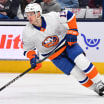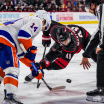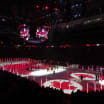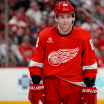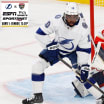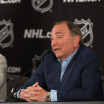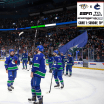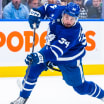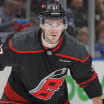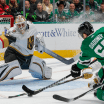The warning signs were noticeable all season.
The Chicago Blackhawks stayed among the NHL elite by finishing with 103 points during the regular season but couldn't patch all the holes left behind from a tumultuous offseason roster shakeup. In the end, that's ultimately what led to the defending Stanley Cup champions' repeat bid ending in the Western Conference First Round.
Compared to the past few seasons, the Blackhawks had the puck a lot less this season, gave up more scoring chances because of it and learned to win by strategic counterattacks. It put a lot of pressure on goalie Corey Crawford, but he was up to the task until a late-season upper-body injury kept him out almost a month.
Five reasons the Blackhawks were eliminated
Toews, Kane combine for one goal; Chicago lacked discipline
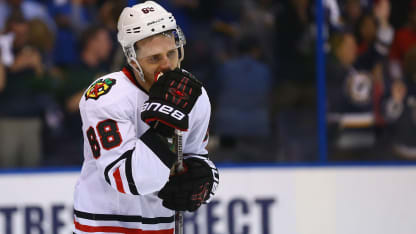
© Dilip Vishwanat/Getty Images
